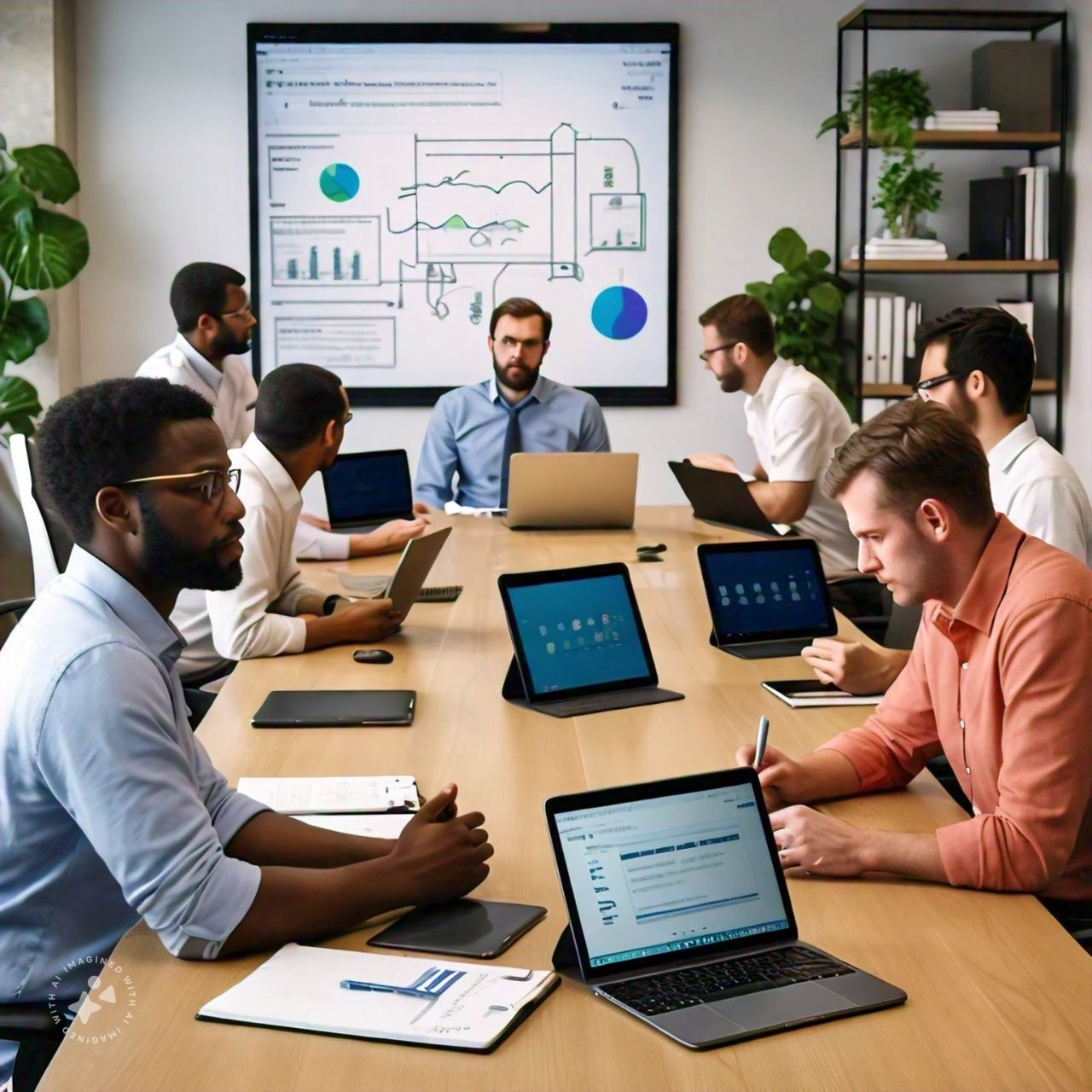In today’s digital workspace, Google Docs stands as a leading tool for seamless collaboration. When sharing documents, especially through links like Docs.Google.com/Document/__Pii_Deleted__, it’s essential to understand privacy settings and secure sharing practices. This guide dives into how to securely share Google Docs, explains the significance of “pii_deleted,” and offers insights on optimizing your experience with advanced Google Docs features.
Introduction to Google Docs and Its Impact on Collaboration
Google Docs has changed the manner in which we cooperate. It allows users to create, edit, and share documents in real time, making collaboration simple and efficient. As more people use Google Docs, it’s crucial to understand how to securely share documents, especially when links such as Docs.Google.com/Document/__Pii_Deleted__ appear in public domains. This structure signifies that sensitive data, or PII (personally identifiable information), has been removed for privacy.
What Does “Docs.Google.com/Document/__Pii_Deleted__” Mean?
The link structure Docs.Google.com/Document/__Pii_Deleted__ is a modified version of a Google Docs URL. The “pii_deleted” part indicates that the original link or content has been altered, often for security reasons. This ensures that personal or sensitive information remains protected when documents are shared publicly. In online forums or shared files, this format is commonly used to anonymize links, protecting the privacy of the individuals involved.
Privacy and Security Considerations for Shared Google Docs
Using Google Docs for collaboration is convenient, but it’s vital to follow privacy protocols. When sharing links, especially with potential for public access, maintaining document privacy becomes critical. The Docs.Google.com/Document/__Pii_Deleted__ format prevents unintended exposure by removing identifying details. This protects users and minimizes the risk of sensitive information being accessed by unauthorized individuals.
Understanding PII and How Google Docs Protects It
PII, or personally identifiable information, includes data that can identify a person, like names, emails, or IDs. Google Docs allows users to handle PII safely by anonymizing links, especially when sharing in public spaces. This feature, Docs.Google.com/Document/__Pii_Deleted__, ensures sensitive data is concealed, offering an extra layer of protection. By understanding and using these privacy features, users can work confidently, knowing their data is secure.
The Importance of Anonymizing Links in Public Documents
Anonymizing links is crucial when documents are shared on public platforms. Docs.Google.com/Document/__Pii_Deleted__ is a perfect example of a sanitized link that removes any trace of personal information. This practice is especially important for companies and institutions bound by data protection regulations, as it reduces privacy risks and prevents unauthorized access to sensitive content.
How to Share Google Docs Links Securely
When sharing Google Docs, it’s essential to set the right permissions to avoid unintentional sharing. Follow these best practices for secure document sharing:
- Use Permission Settings: Google Docs allows control over who can view, comment, or edit. Adjust these settings based on the document’s purpose and audience.
- Limit Access to Specific People: Instead of making the link public, share it directly with selected users by entering their email addresses.
- Set Expiration Dates: Temporary access settings allow you to restrict the time frame for document access, enhancing security.
- Disable Downloading and Printing: Prevent unauthorized users from saving or printing the document by disabling these options.
Best Practices for Secure Google Docs Sharing in Public Domains
When sharing Docs.Google.com/Document/__Pii_Deleted__ links in public, following best practices can protect your data and privacy:
- Avoid Full Public Access: Public access means anyone with the link can view or edit, so choose this option cautiously.
- Use ‘Viewer’ Mode for External Sharing: Set external users to “Viewer” instead of “Editor” to prevent unintended edits.
- Regularly Review Access Logs: Periodically check who has access to your documents and revoke permissions as needed.
By following these practices, you maintain control over your documents and limit access to authorized users only.
Advanced Google Docs Features for Seamless Collaboration
Google Docs offers advanced features that enhance collaborative experiences:
- Real-Time Editing: Collaborators can see edits as they happen, making teamwork more effective.
- Suggestion Mode: This feature allows collaborators to propose changes without directly altering the original content, ideal for feedback.
- Commenting and Tagging: Use comments to tag team members with “@username” to direct specific feedback.
- Voice Typing: With voice typing, users can dictate notes, improving productivity for those on the go.
These features make Google Docs an exceptional tool for team projects, allowing users to work together smoothly and efficiently.
Common Mistakes to Avoid When Using Google Docs for Team Projects
To get the most out of Google Docs, avoid these common pitfalls:
- Accidentally Sharing Publicly: Double-check permissions to avoid unintended public sharing.
- Ignoring Version History: Use the version history to track changes and revert to previous versions if needed.
- Lack of Role Clarity: Assign specific roles for team projects to avoid confusion. For instance, designate who’s editing, writing, or commenting.
By being mindful of these practices, teams can avoid disruptions and collaborate more effectively.
Privacy Tips and Tools for Google Docs Users
When working with Google Docs, certain tips and tools can help you maintain privacy:
- Use Two-Factor Authentication: Secure your account with two-factor authentication to prevent unauthorized access.
- Enable Data Encryption: Google Docs uses encryption, but users should also ensure their internet connection is secure.
- Regularly Update Permissions: Revisit your document’s permissions regularly to ensure only intended users have access.
These privacy measures help you control your data, whether you’re sharing documents publicly or privately.
FAQs on Using Google Docs Safely and Securely
Q: What does “Docs.Google.com/Document/__Pii_Deleted__” mean?
A: This link format indicates that identifying information has been removed, usually for privacy reasons when documents are shared publicly.
Q: Can I still collaborate in real-time if I anonymize links?
A: Yes. Anonymizing the link does not affect real-time collaboration features; it simply protects personal data.
Q: How can I prevent someone from copying my document?
A: Google Docs allows you to disable options like downloading, printing, and copying under the sharing settings.
Q: Is it safe to store sensitive information on Google Docs?
A: Google Docs offers strong encryption and security features, but always use caution and avoid sharing sensitive data without necessary protections in place.
Conclusion: Leveraging Google Docs for Safe, Collaborative Workspaces
The Docs.Google.com/Document/__Pii_Deleted__ format reminds us of the importance of privacy in collaborative environments. Google Docs makes it easy to share, edit, and collaborate securely. By following best practices—such as anonymizing links, setting appropriate permissions, and using advanced features—you can protect sensitive data while reaping the benefits of seamless teamwork.
In today’s data-sensitive world, using tools like Google Docs responsibly is key. Embrace secure sharing and explore the collaborative tools Google Docs offers, creating a productive and secure workspace for all your projects.


